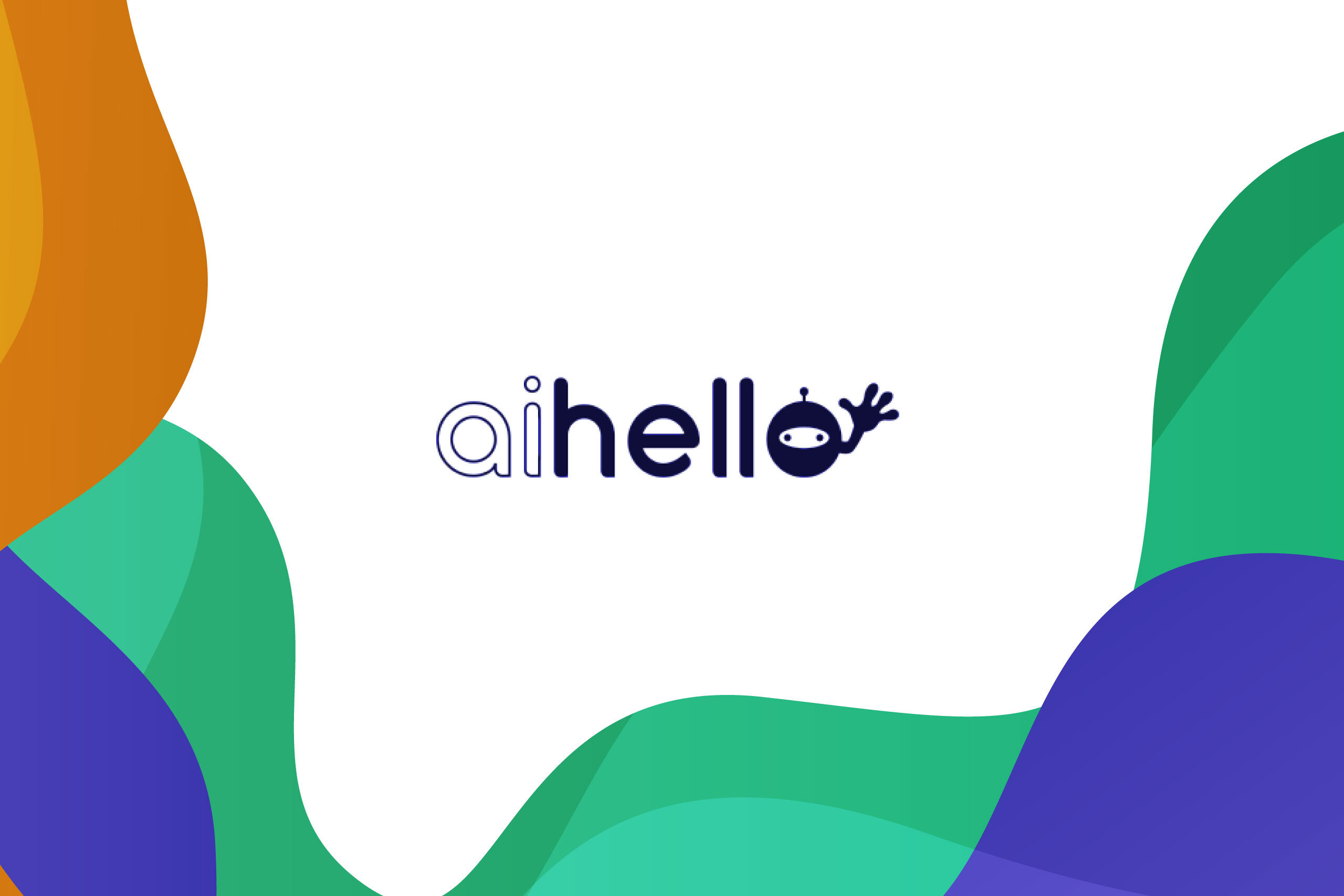AI Amazon Repricer
Boost your Amazon profits and avoid price wars with AI repricing
If you’ve ever run any ads on Amazon, you definitely understand how important choosing the right bid is.

If you’ve ever run any ads on Amazon, you definitely understand how important choosing the right bid is. The bid you choose can either set you up to achieve the ACoS, sales, and spend you want or it can sink your entire account – no joke.
Naturally, everyone reading this is asking the same question: how do I calculate the right bid then? My answer to that is it’s not so simple. There’s an important distinction that needs to be made before discussing bids and it’s the difference between your bid and CPC.
Amazon gives you the option of three strategies that you can use when bidding on a keyword, they are dynamic bids up & down, dynamic bids down only, and fixed bids.
Any form of dynamic bidding allows Amazon to change the actual bid you place which can cause a massive difference in CPC. A $0.75 bid can quickly turn into a $1.50 one with up & down and if you have a placement boost on top of that your bid could reach $3 and beyond.
This means setting the right bid isn’t really what you should be aiming for, the CPC is actually what you end up paying and consequently matters a lot more.
Every seller could theoretically achieve a 1% ACoS, they’d just have to be fine with selling only a couple of units each month.
Every seller could also achieve seemingly infinite sales growth, they’d just have to be okay with a high ACoS and a massive ad budget.
Unless either of these scenarios appeals to you somehow, you’re going to have to find a balance.
You need to find the sweet spot between sales and ACoS where all the profit is made, and the way you do that is through the concept of the marginal increase in profits.
With this concept, you basically ask yourself if making that next sale at a higher ACoS will increase the overall profit for your account or decrease it. Essentially, is it better to sell 10 units at a 20% ACoS or sell 11 units at a 21% ACoS?
Let’s say you have a $50 product with a margin of 30% and you’re presented with two scenarios, either sell 100 units at 17% ACoS or 130 units at a 23% ACoS, which one do you choose? The 100 units scenario leaves you with a net profit of $650 after ad costs whereas the 130 units will leave you with $455. So in this scenario, it would make sense to keep your target ACoS at 17%.
Finding the magical number that actually works for you will require some testing, which is why most sellers rely on back-of-the-envelope calculations at the beginning, which can work for the time being.
Now that you have a target ACoS in mind it’s time to learn how to reach it, which requires a bit of math. You see, achieving your target comes down to a simple mathematical formula that goes like this:
Ideal CPC = Target ACoS x CVR x Average Order Value
So, if you have an ACoS target of 30%, your CVR is 12% and your AOV is $54 you’d need a CPC of $1.94 to hit that goal.
Identifying that target ACoS is pretty much the hard part, after that it’s just a matter of working with the numbers you already have.
While this all looks simple in theory, calculating CVR for the hundreds or even thousands of keywords you have on a regular basis and updating bids accordingly can be a pretty daunting task. You’d also have to consider the fact that you’re making these calculations based on past data which might not necessarily represent what the future holds – so you’d actually need to predict future CVR for your bids to be 100% accurate. On top of all that, you’d need to figure out the right campaign bidding strategy to use for each scenario and the effect of placement boost on CPC.
You’d essentially need to turn into a machine, calculating CVR for keywords 24/7, managing bidding strategies, and setting the correct placement boosts if you want to make this work.
That doesn’t sound fun or realistic. This is why it makes sense to enlist the help of an actual machine, or software, like AiHello to do this for you.
An AI-based PPC bidding software takes into account dozens of different factors and billions of dollars worth of advertising data that actually allows it to predict the future CVR of your keywords. They’re capable of doing these mathematical calculations in a split second while also managing placement boosts and changing bidding strategies on all your campaigns automatically.
This means that software is pretty much one of the only realistic ways to keep your account at target ACoS that doesn’t require you to work on your campaigns 20 hours a day or to be a mathematical genius.
Whether you decide to go the software route or not, success with ads comes down to selecting the right ACoS target that will maximize profits and working backward using mathematical formulas to get there. If you know your numbers well enough you’ll always do well in the world of PPC.
——
About the Author:
Saif is the Co-Founder and CRO of AiHello, a one of a kind AI-based PPC software used by 4000+ sellers worldwide. Saif is an expert in both the quantitative and qualitative parts of Amazon where he’s able to incorporate positioning, branding and mathematical concepts together to outsmart the competition. You can find more of him on Linkedin.

Set up in minutes with the help of our customer success team, or reach out to our sales team for any questions. Start your 15-day free trial—no credit card needed!

